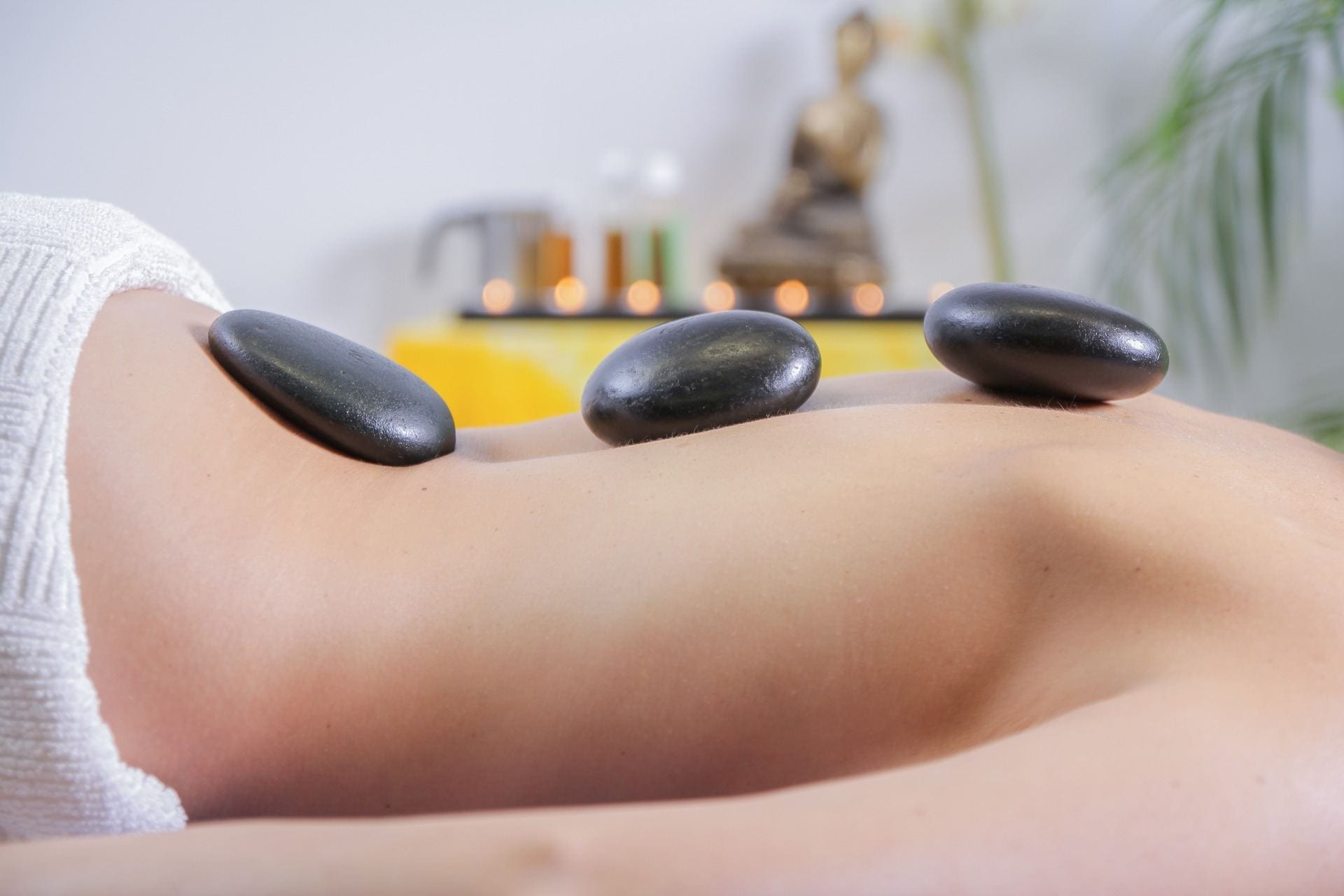The earliest records of reflexology were found in Egypt, dating back to circa 2330 B.C.E. Reflexology is the practice of stimulating parts of the hands or feet to impact a related body part. According to a 2015 study published in the Journal of Traditional and Complementary Medicine, “reflexology is a systemic practice in which applying some pressure to any particular point on the feet and hands [impacts] the health of related parts of the body. Each point of pressure acts as the sensor and is link[ed] with different parts of [the] body. These sensors will be stimulated by applying the reflexology technique in order to improve the blood and energy circulation, give [a] sense of relaxation and maintain homeostasis.” In summation, reflexology is the study of how body parts can influence the health of another body part.
According to the traditions of reflexology, the hands and feet are split up into sections that each correspond to a part of the body. For example, the tips of the fingers impact the head and sinuses, while the joints of the toes correspond to the teeth, gums and jaw. In Malaysia, reflexology techniques are used to treat many conditions, including lower back pain, headaches, multiple sclerosis and peripheral neuropathy with diabetes mellitus.
In April of 2010, NSU opened the first reflexology pathway on the east coast of the United States. This path is located in the NSU Medicinal and Healing Garden outside of the Tom Panza Science Annex. This path was designed by Elizabeth Marazita using stones from Mexico, China, Tennessee, India and Peru. When the pathway opened in 2010, Carsten Evans, the Assistant Dean that the College of Pharmacy, told the Sun Sentinel, “it’s called complementary or integrative medicine, not alternative medicine, because alternative medicine has been excluded from most conventional education and research settings and activities, there’s a special need to explore and validate the many diverse approaches to prevention and disease that complementary or integrative medicine offers.”
According to Jeanie Ross, the administrative coordinator for the College of Pharmacy Continuing Education department, the pathway is separated into sections “wood, fire, earth, metal and water, and they’re all each connected to different body parts.” Each section is based on one of the five traditional elements of Chinese philosophy. “Some people come to the garden just to be in a little quiet safe haven and they discover the path. We give tours of the path, groups come here and Dr. Evans describes everything about the path and helps them walk the path,” said Ross.


